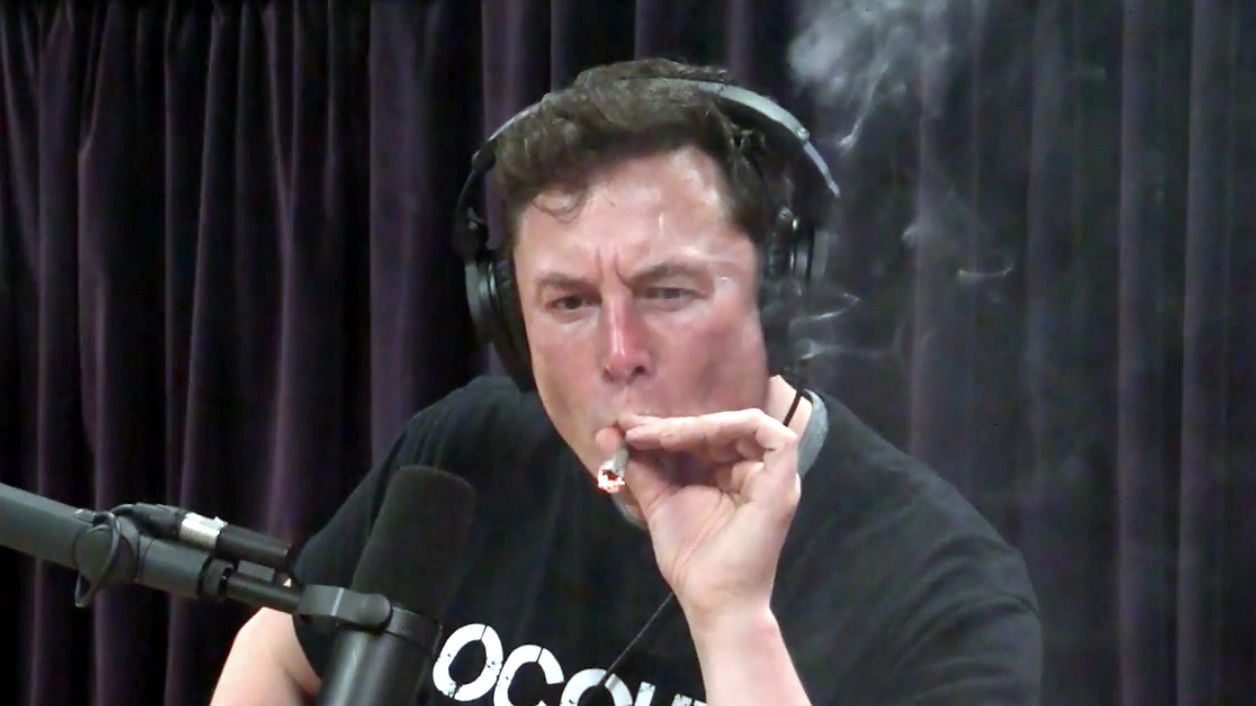Tesla is now worth less than Ford and GM—again
Tesla’s bad year keeps getting worse. This week, the high-flying California carmaker’s stock continued its year-long slide. By Tuesday (May 21), it had dropped 34% this year since Jan. 1 to a market cap of $35.6 billion. That’s down more than half from its peak in August 2018—enough to put its valuation back in third place behind GM and Ford. Among US automakers, Tesla is now only bigger than Fiat Chrysler Automobiles (FCA), an Italian-American multinational corporation headquartered in the Netherlands, which it surpassed in 2013.


Tesla’s bad year keeps getting worse. This week, the high-flying California carmaker’s stock continued its year-long slide. By Tuesday (May 21), it had dropped 34% this year since Jan. 1 to a market cap of $35.6 billion. That’s down more than half from its peak in August 2018—enough to put its valuation back in third place behind GM and Ford. Among US automakers, Tesla is now only bigger than Fiat Chrysler Automobiles (FCA), an Italian-American multinational corporation headquartered in the Netherlands, which it surpassed in 2013.
It’s been a rough road for Tesla. The company is about back where it was in 2017 when it first eclipsed GM and Ford on the strength of its popular vehicles—the Model S, Model X and mass-market Model 3—as well as a vision to dominate the solar panel and energy storage businesses despite substantial production delays and far fewer cars on the road than its rivals.
Tesla easily surpassed Ford’s market capitalization in April 2017 and then rose above GM’s in June, trading places with 110-year-old carmaker over the next two years. Globally, Tesla is the ninth most valuable major car company behind $58.6 billion Nissan (which it first outpaced in Feb. 2017) and a long way from its heady heights after eclipsing Peugeot (April 2012), Fiat Chrysler (May 2013), Suzuki (June 2013), Renault (Feb. 2014), Hyundai (June 2015), and even BMW briefly in 2018, according to data from the investment research firm Sentieo.
Tesla’s struggles arrive despite a promising rebound last year. The Model 3 (finally) entered mass production to rave reviews. The company reported two profitable quarters in the second half of 2018, and predicted more going forward. Tesla’s cars were not only the most popular electric cars in many countries, they were among the most popular cars period.
But the road turned bumpy. Tesla CEO Elon Musk was sued by (and settled with) the SEC after the agency said he made fraudulent statements when trying to take the company private. Quality and service issues cropped up. Autopilot was involved in another fatal crash this March. Softening demand and logistics bottlenecks plunged the company back into the red (Musk said Tesla may not be profitable again until the third quarter, he recently admitted). Tesla’s increasing dependence on China for sales and autonomous vehicles—two areas that seem increasingly shaky given the US-China trade war—are clouding its future.
Musk has said his company has been overvalued given its short history as a niche, luxury carmaker. Its putative value, as explained in his Master Plan (I and II), owes to its potential to become a global supplier of clean energy and autonomous transport. Its battery, solar panel, and electric vehicle businesses means it can claim the entire clean energy value chain.
But investors aren’t buying it right now. Short-sellers who bet against Tesla’s stock have reaped $1.07 billion in profits this May after years of losing money: $3.56 billion in losses in 2017 and $1.40 billion in 2018, according to S3 Partners. But so far in 2019, they’re up $3.88 billion in mark-to-market profits.